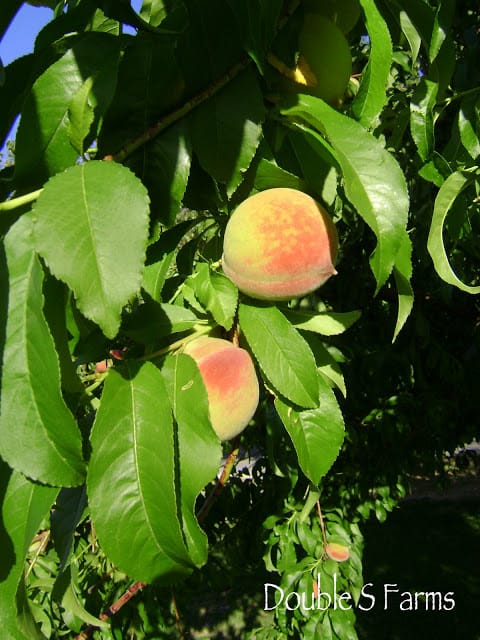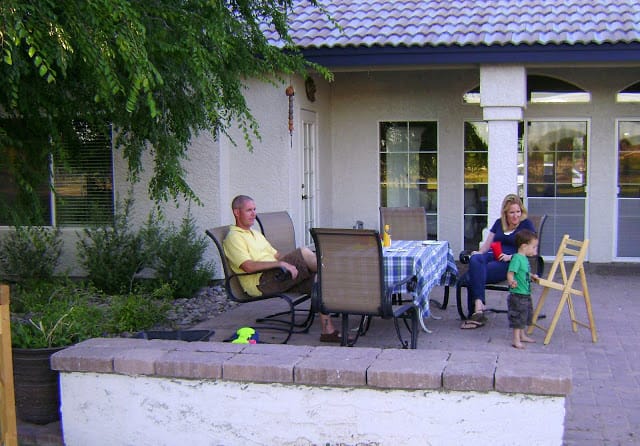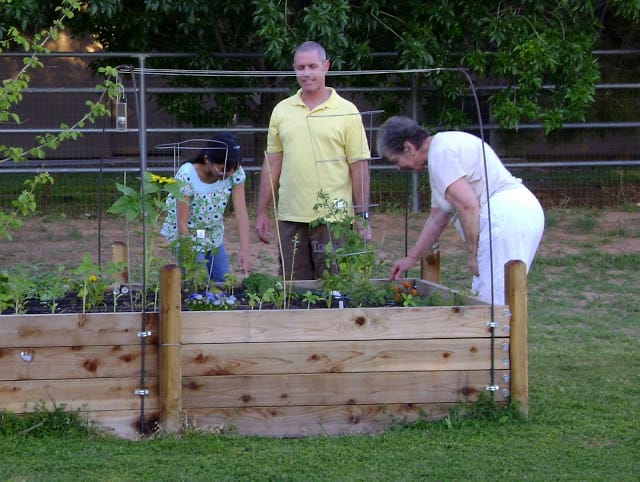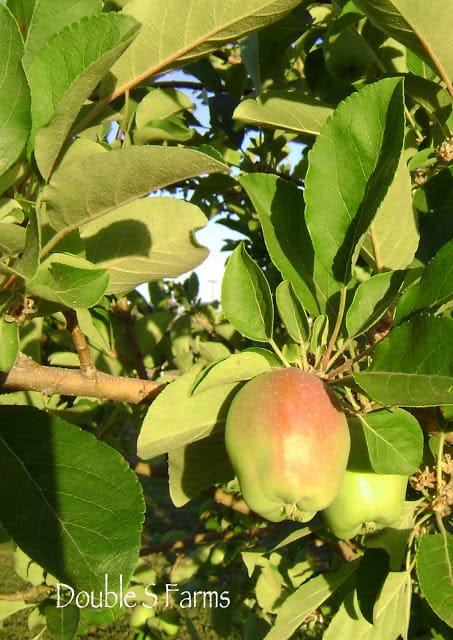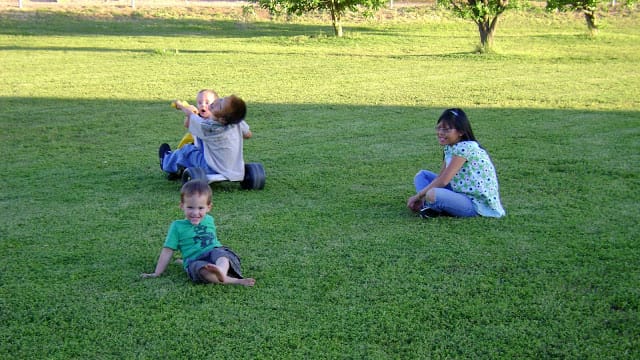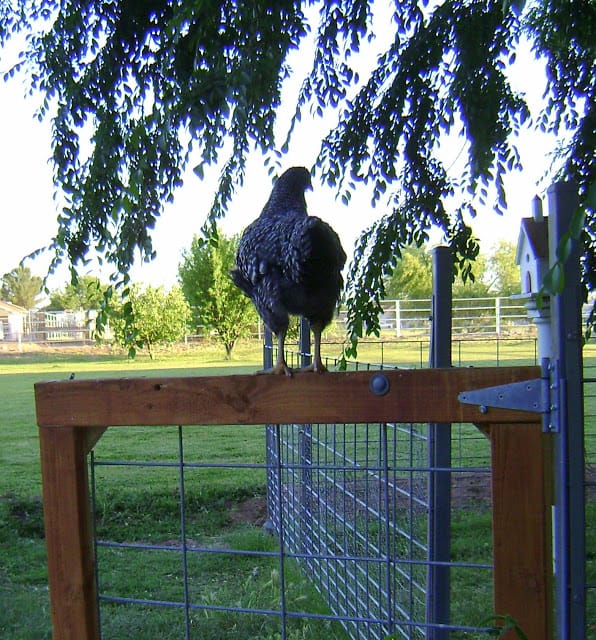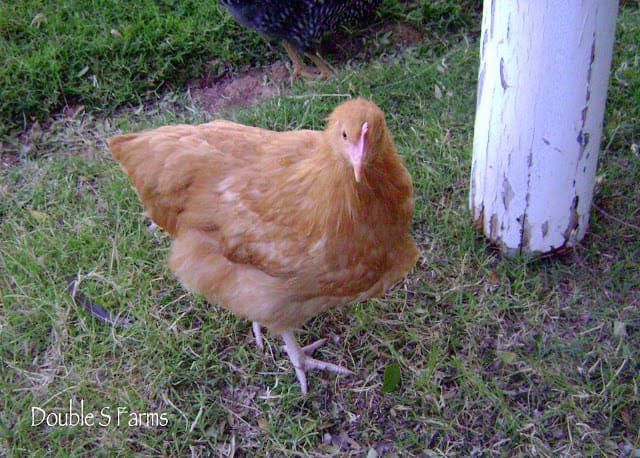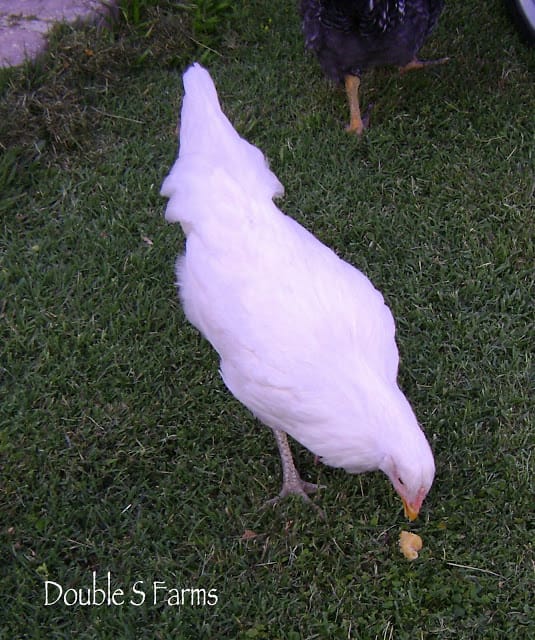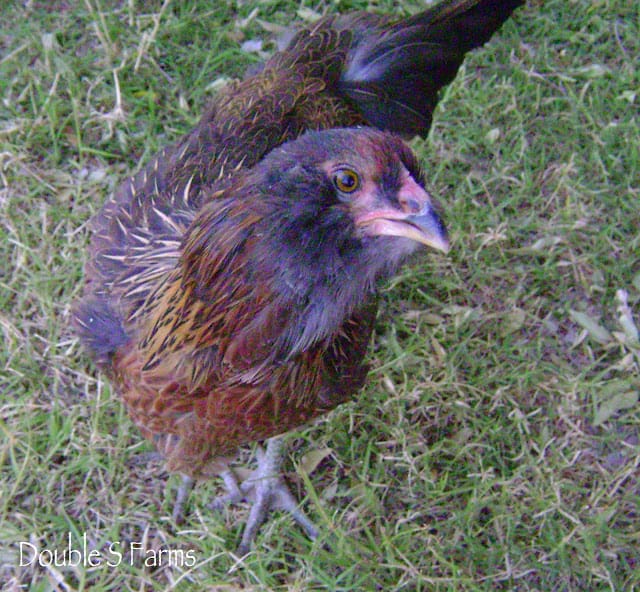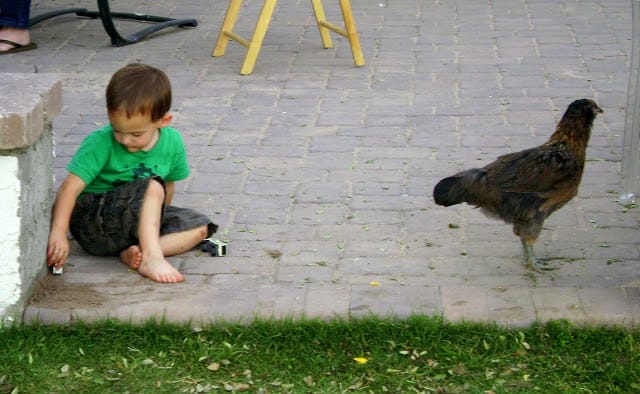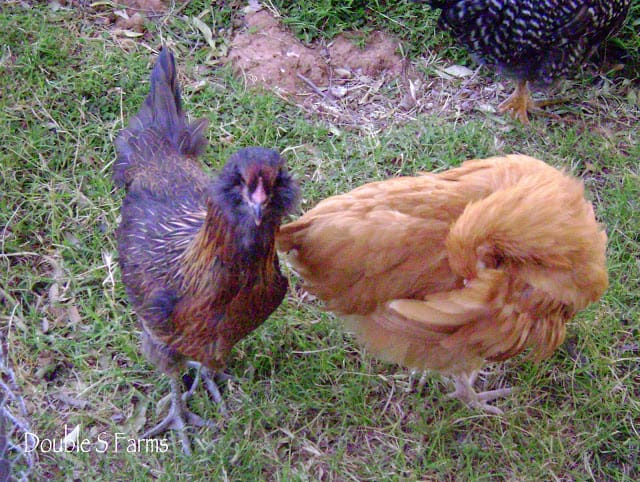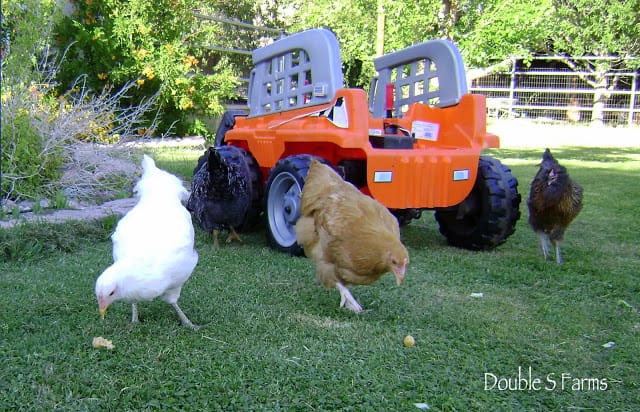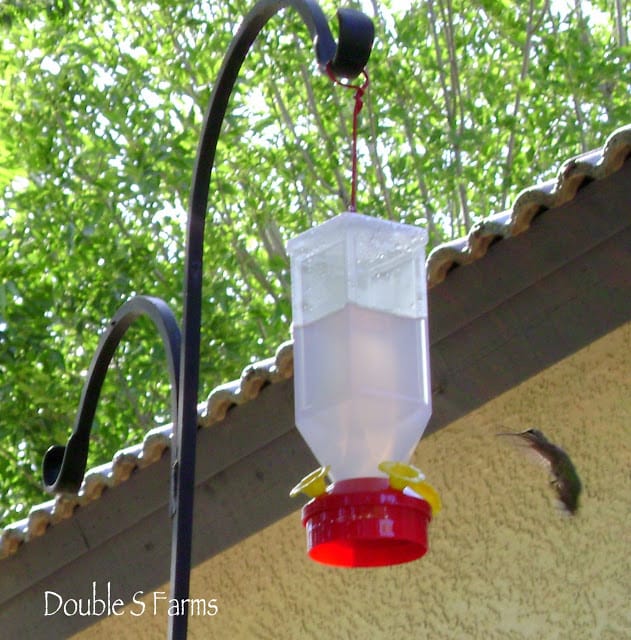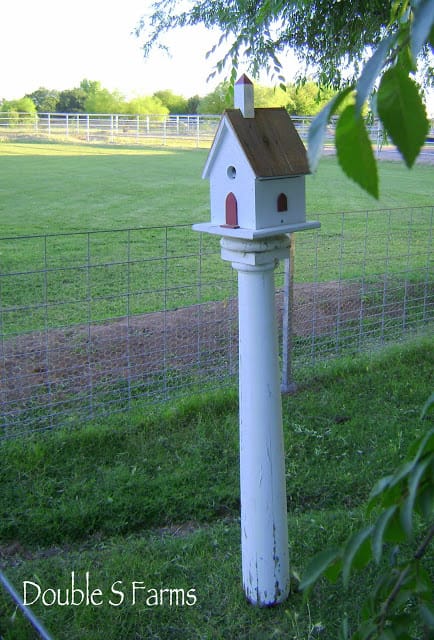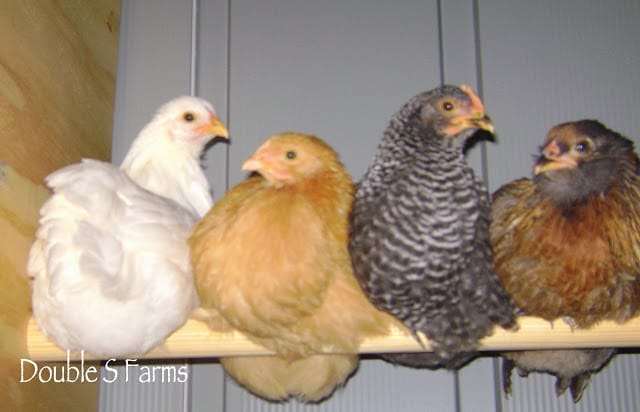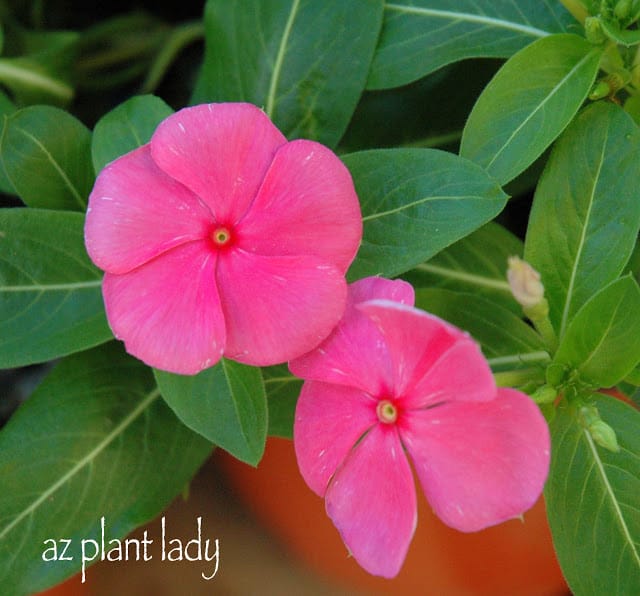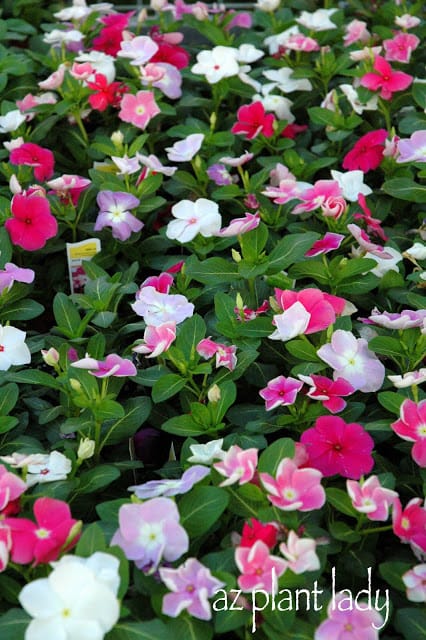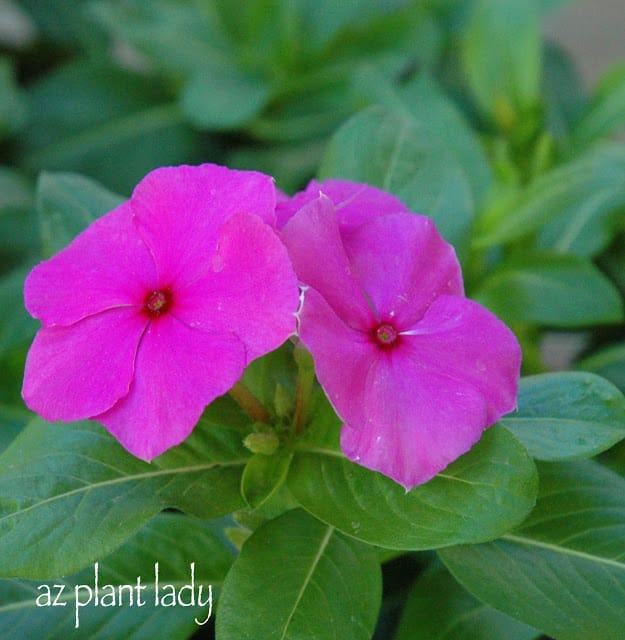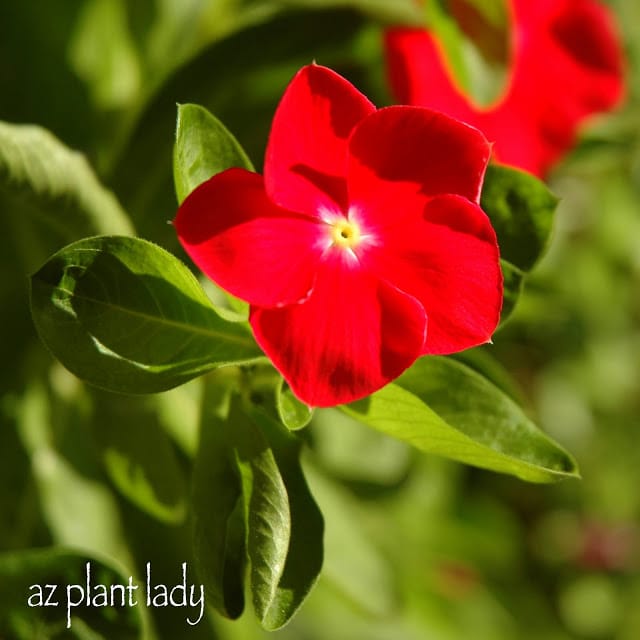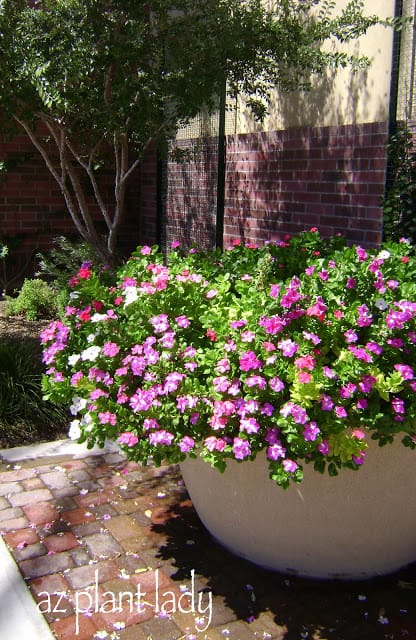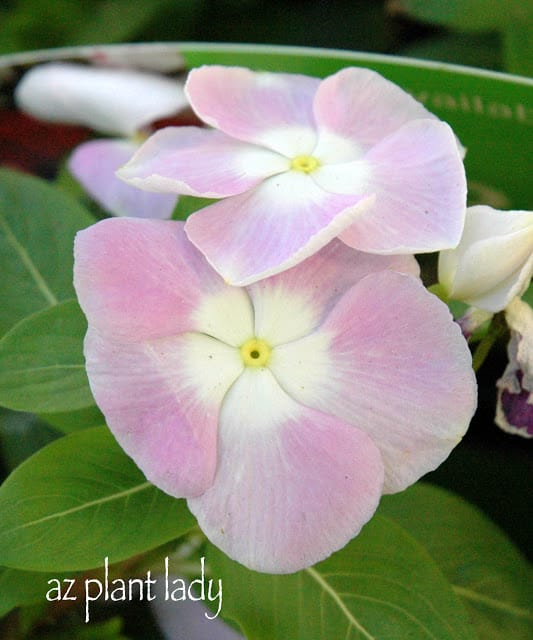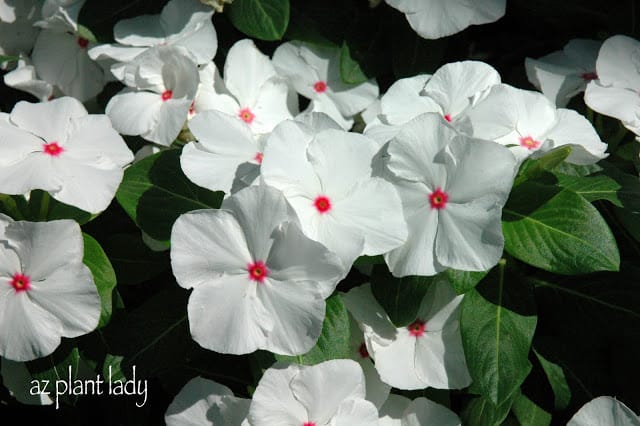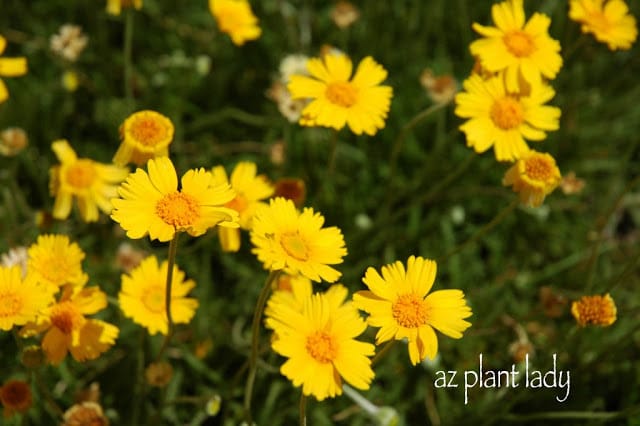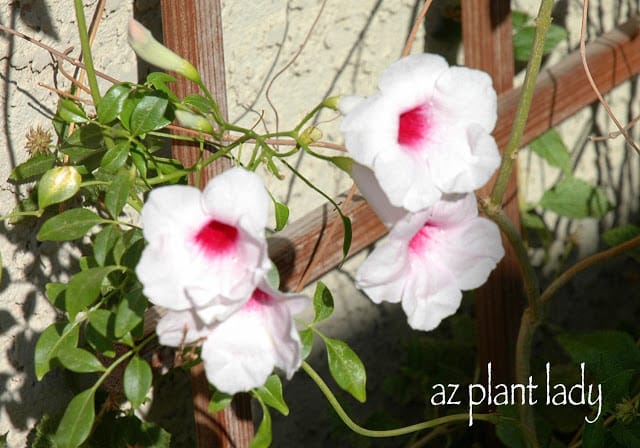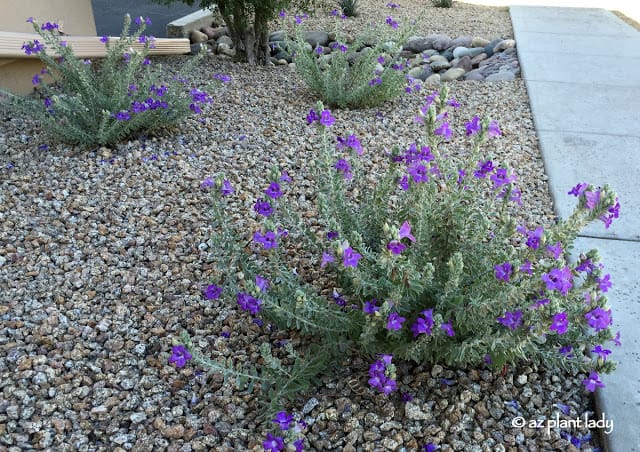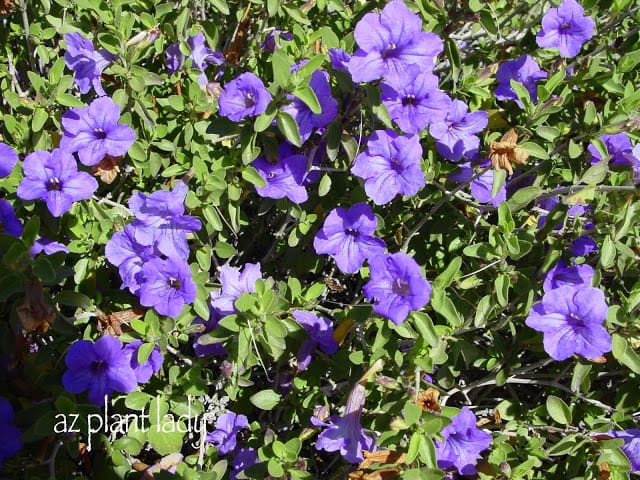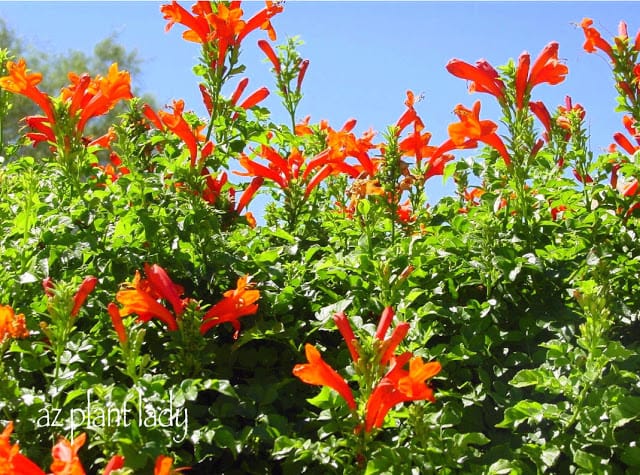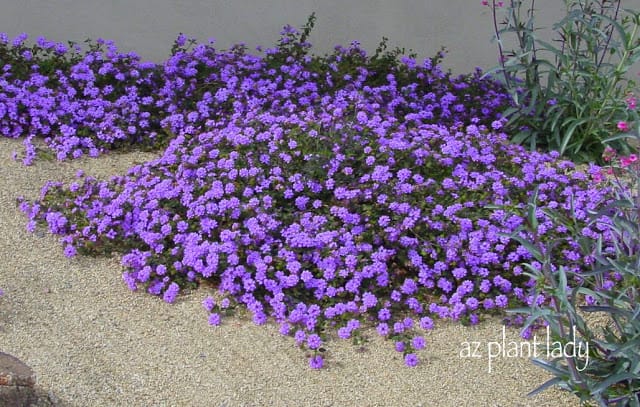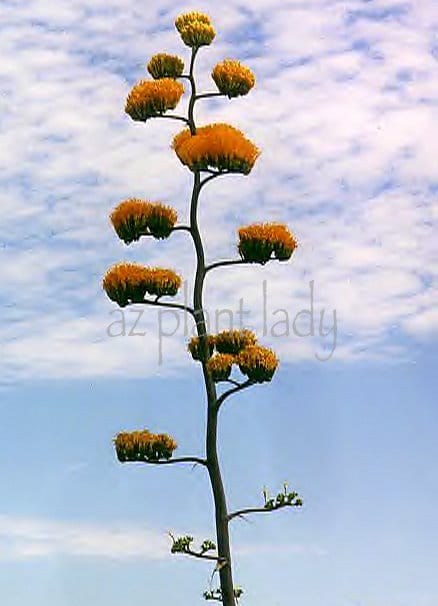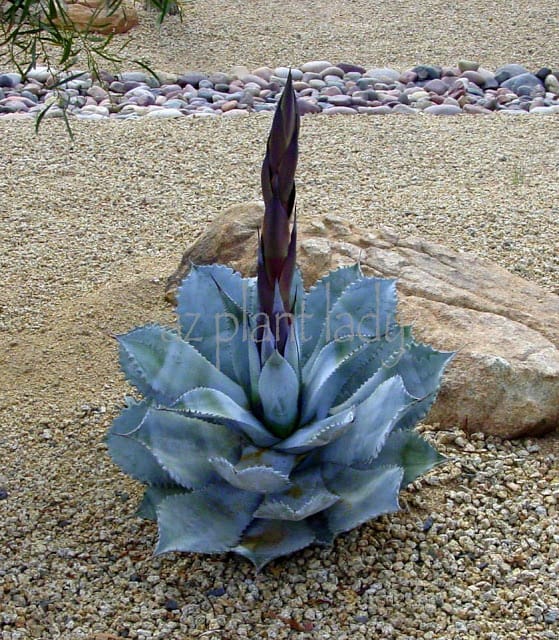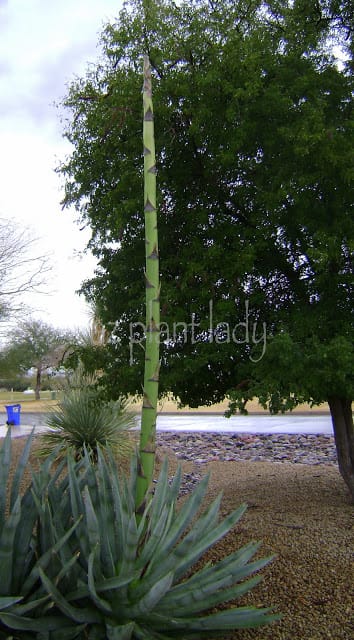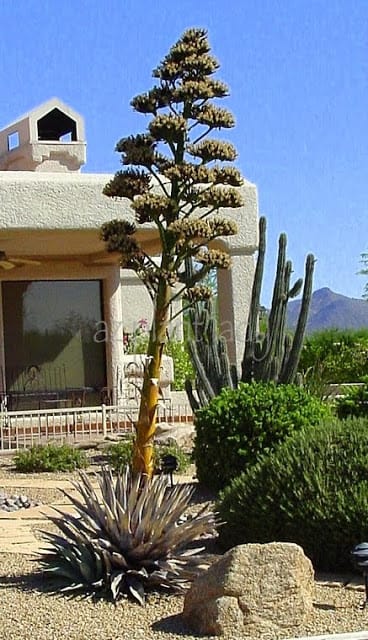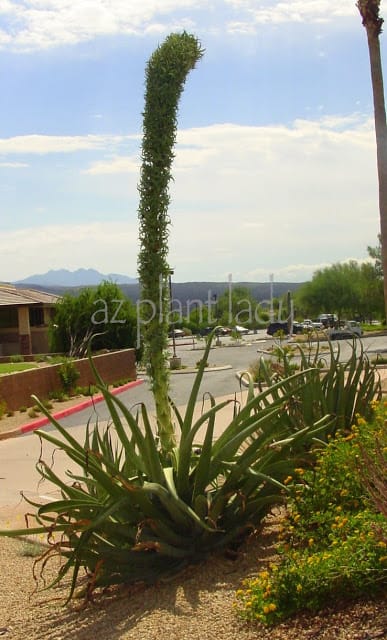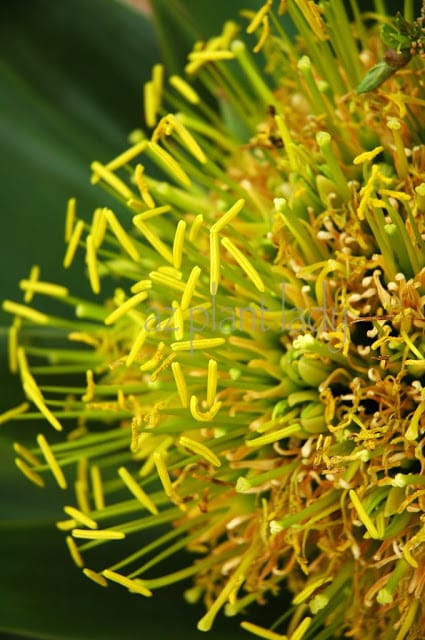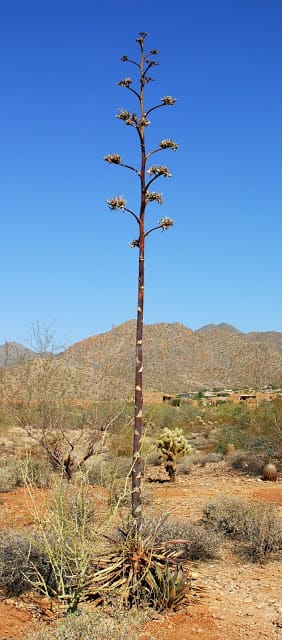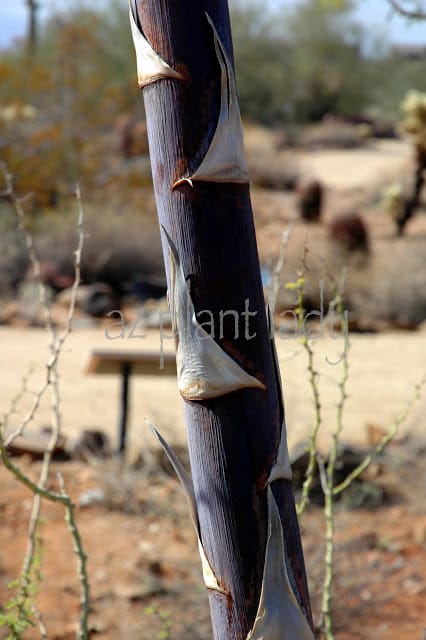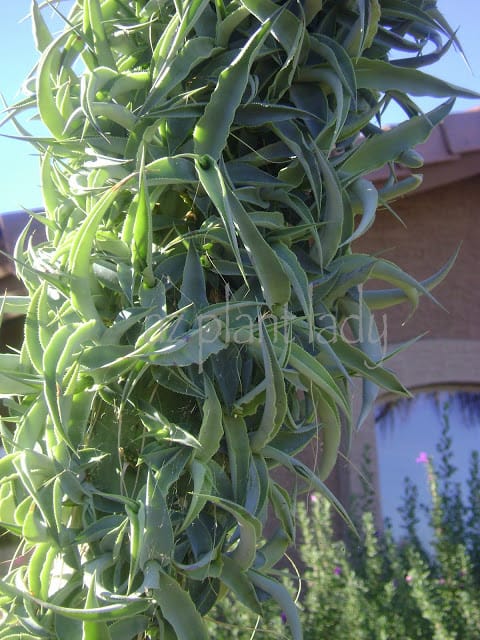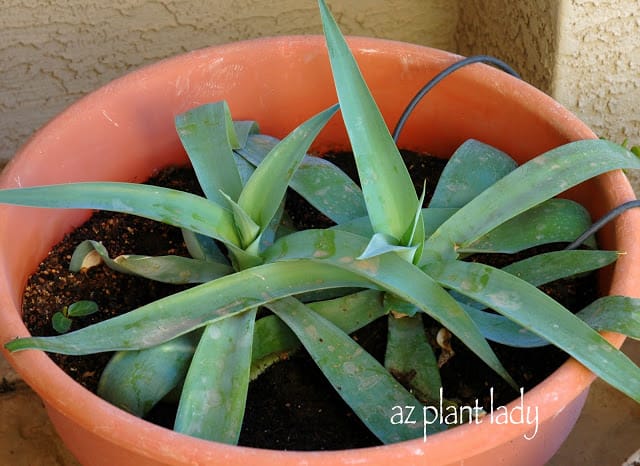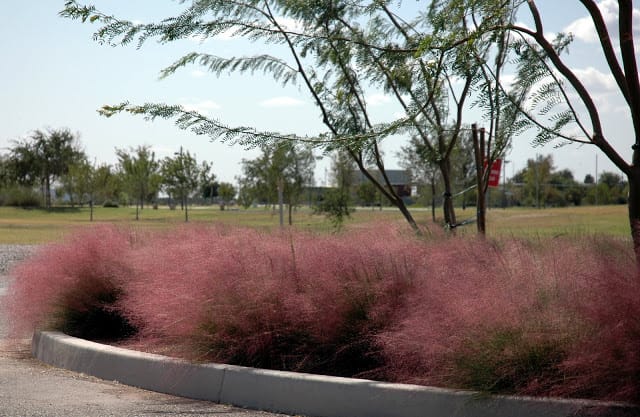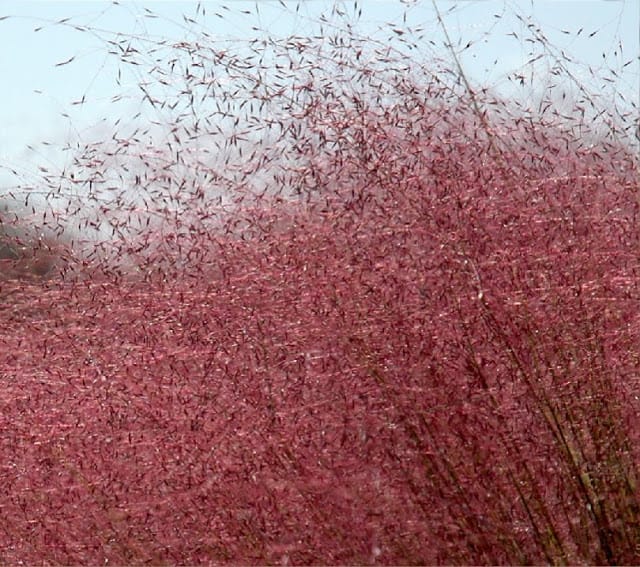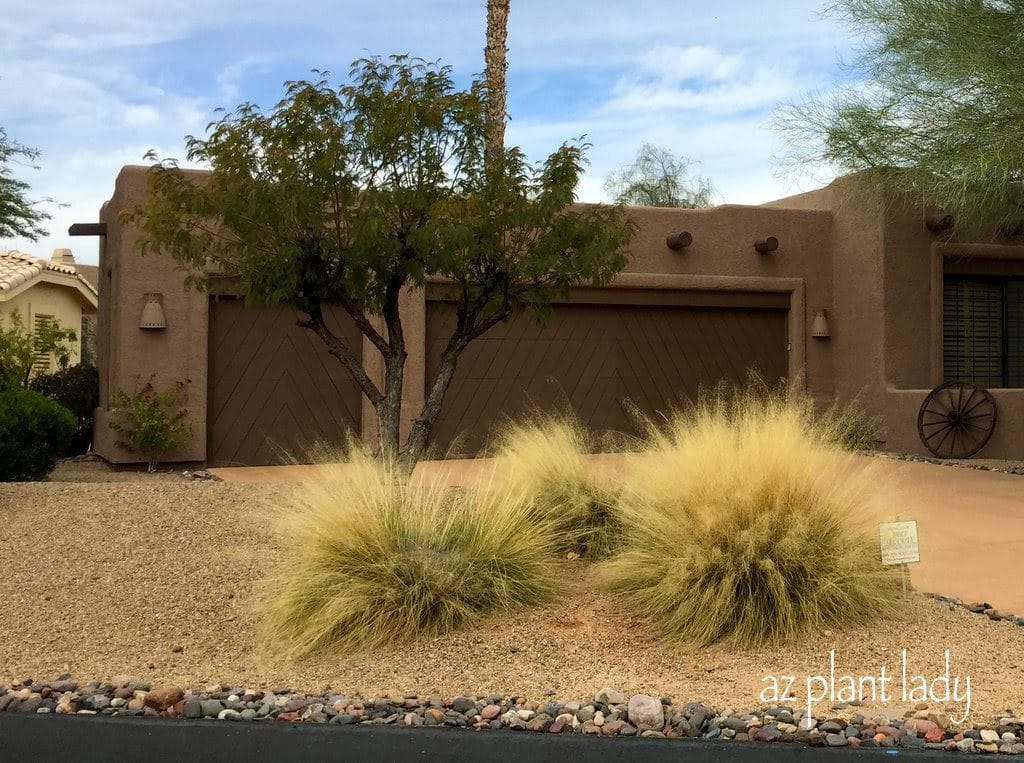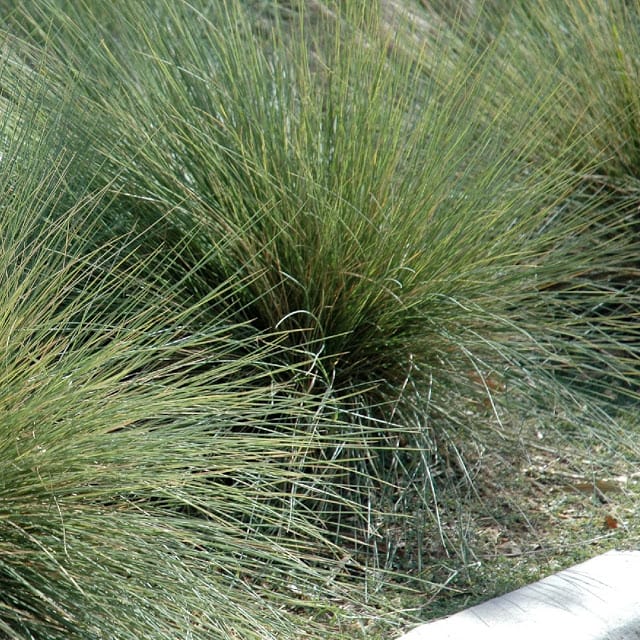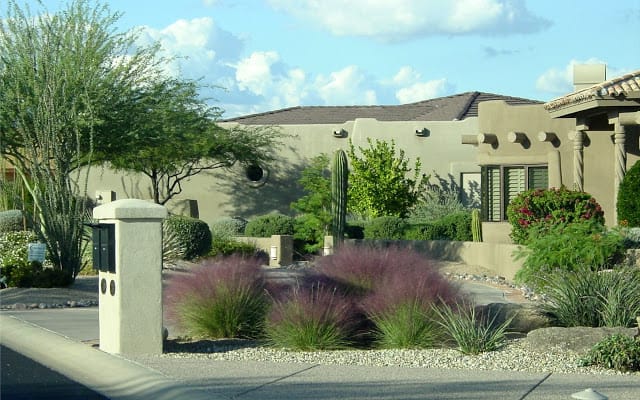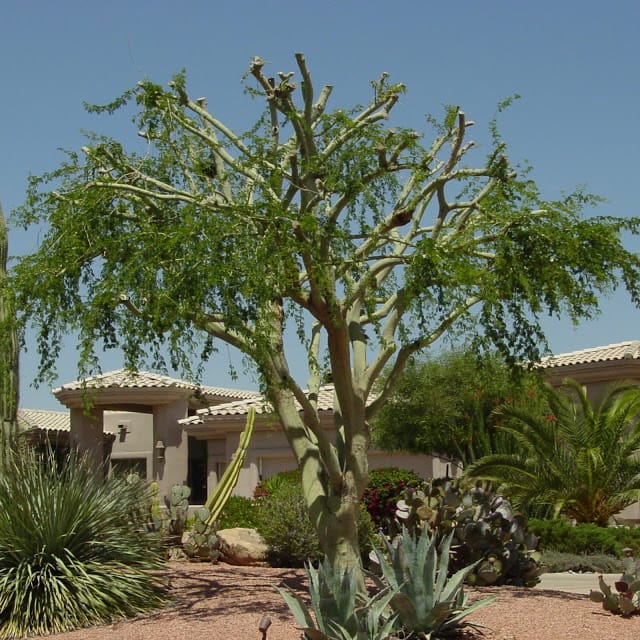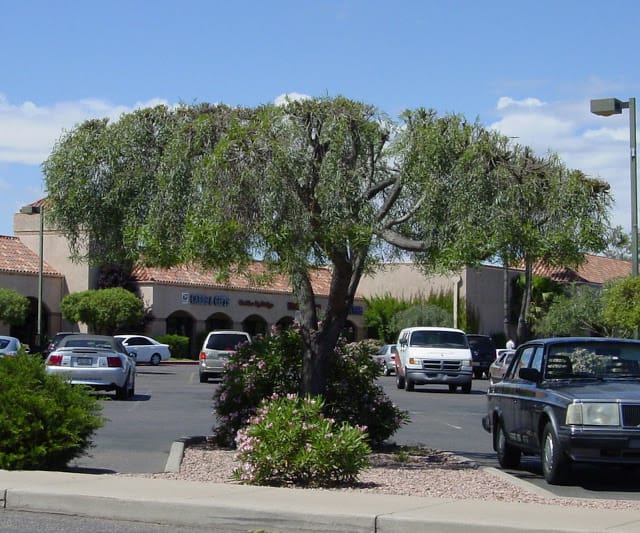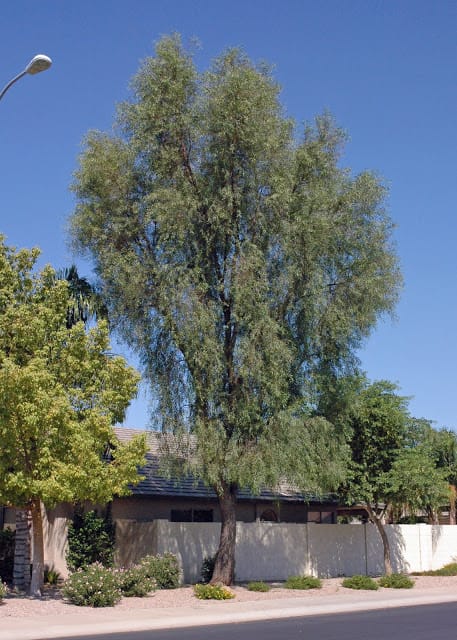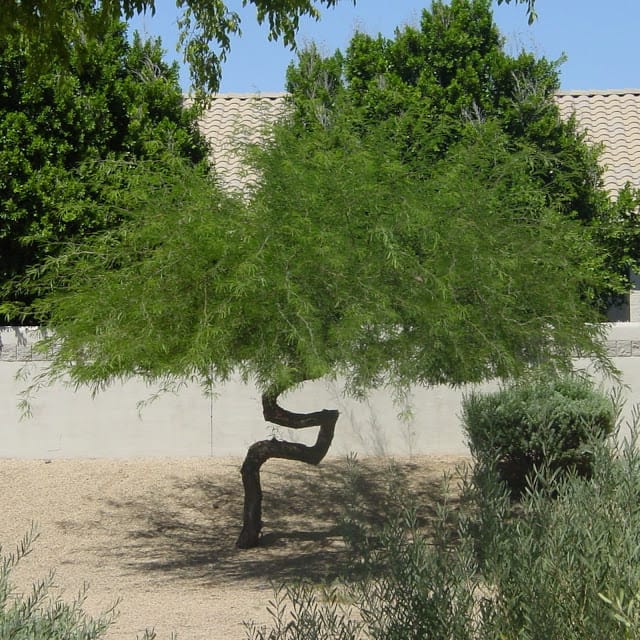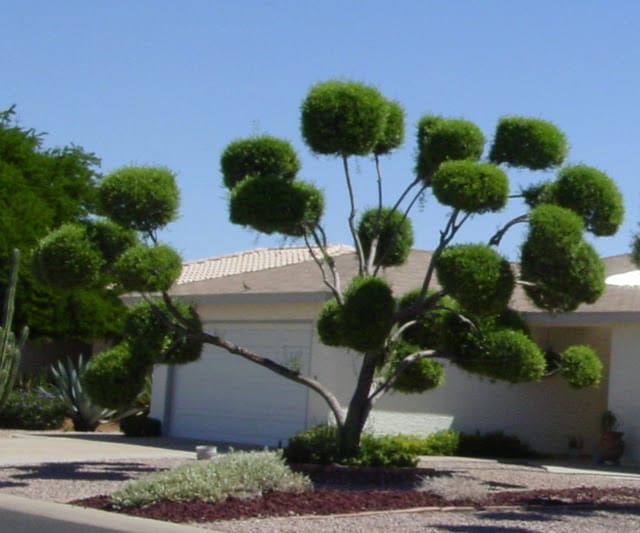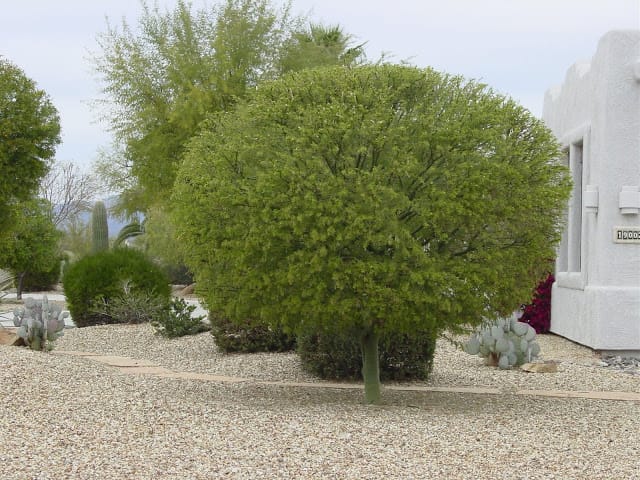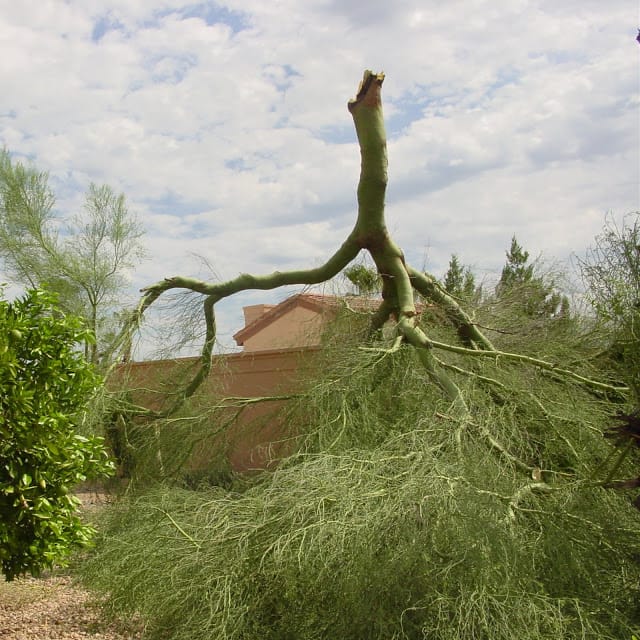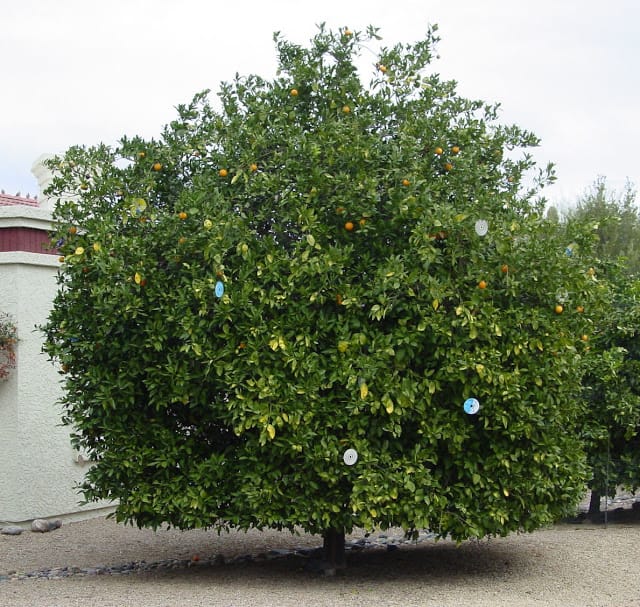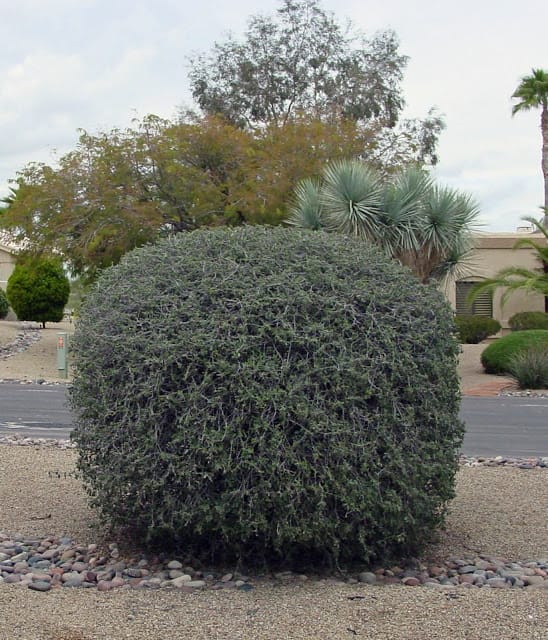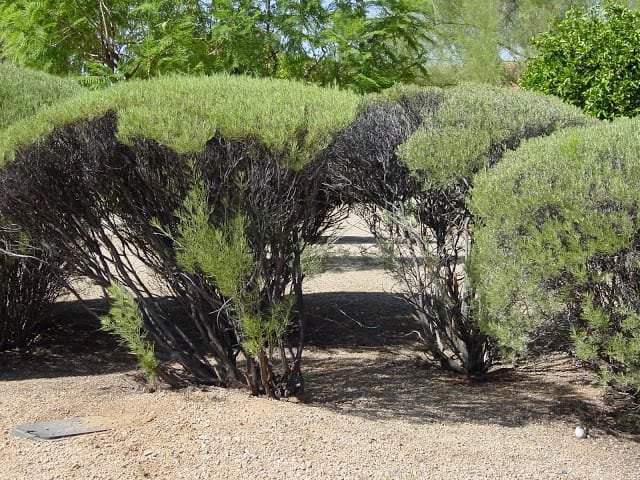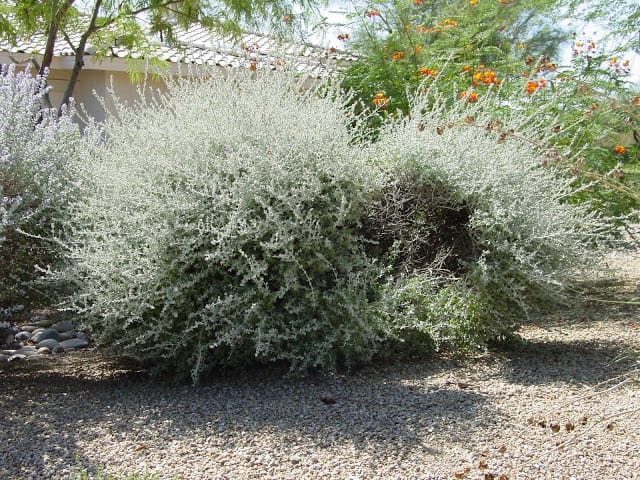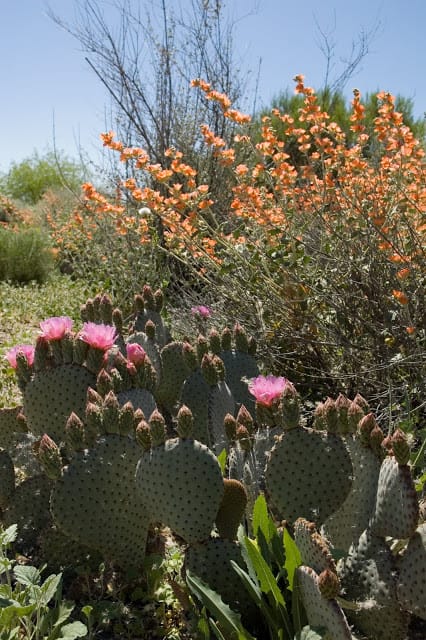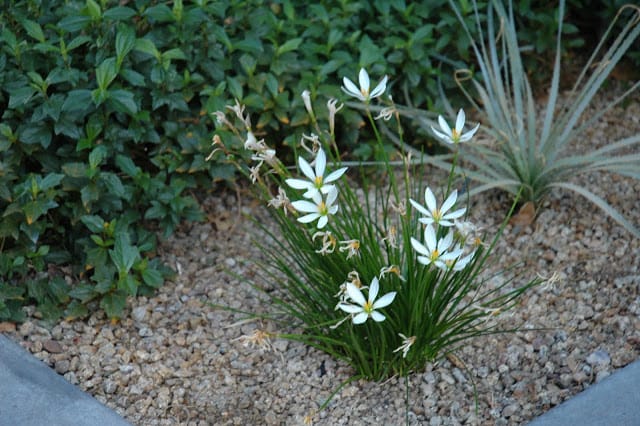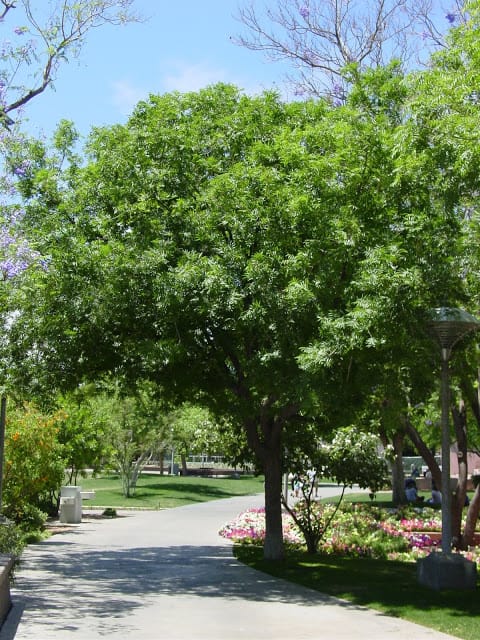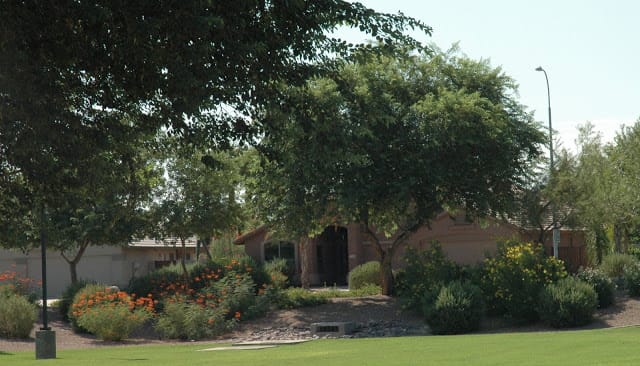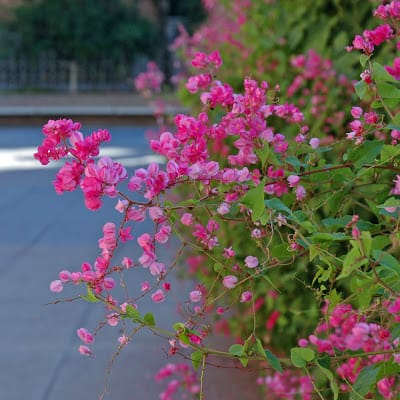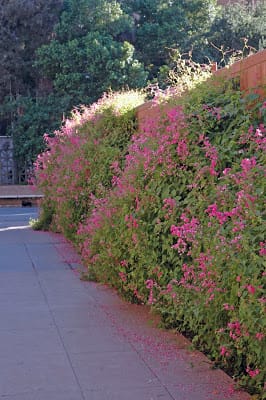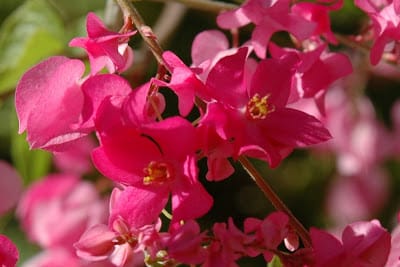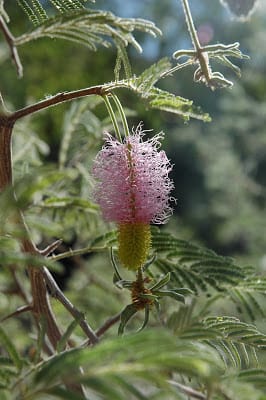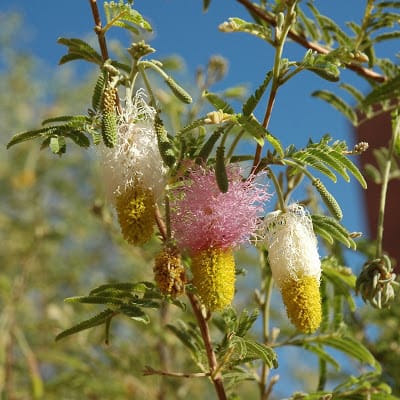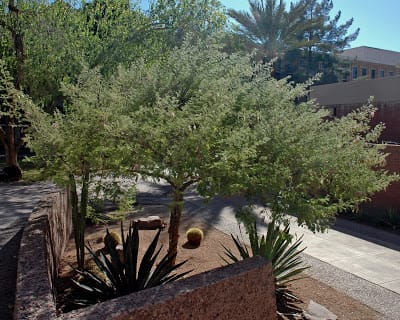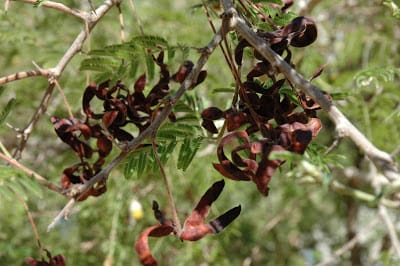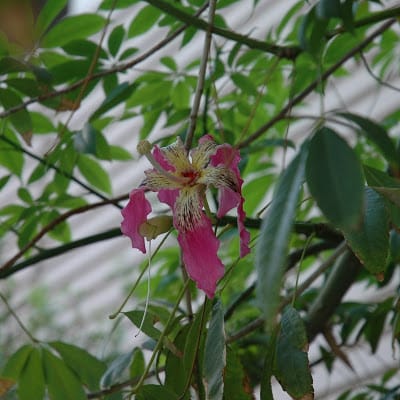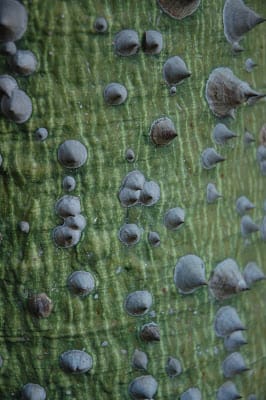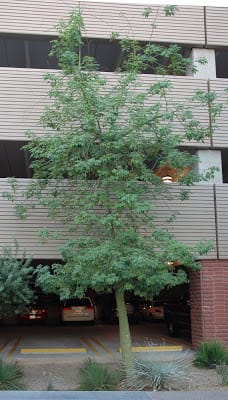You know how some people are described as ‘natural beauties’? They look great without makeup and their hair only pulled up into a ponytail. Well, I am not describing myself. It takes some work in front of the mirror before I will venture outside 😉
But, I absolutely love using plants that are what I would call ‘natural beauties’ because they look great without having to fuss over them. Now, I do love to be out in the garden, but I do not particularly like digging, dividing, pruning and deadheading often – especially in the summer months. And so, many of the plants in my garden are ‘natural beauties’. They look fantastic with minimal effort.
I would like to share with you, periodically, some of my favorite ‘natural beauties’. Today, I would like to introduce you to Yellow Bells (Tecoma stans var. stans).
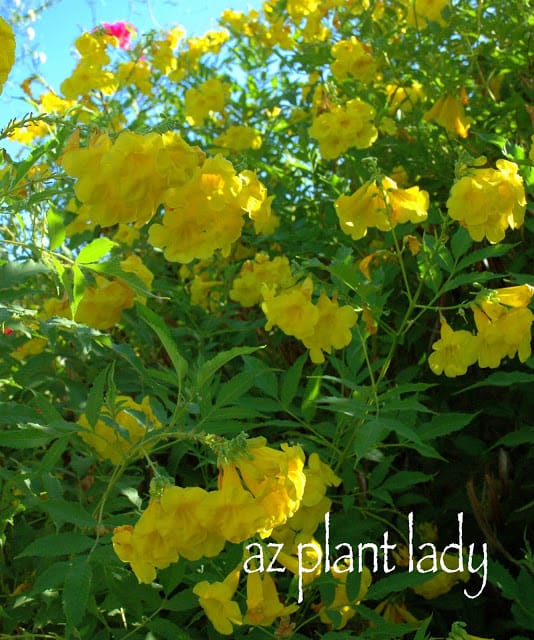
One look at this picture and it is easy to see why I love this shrub so much. They are covered with gorgeous yellow flowers from April to October.
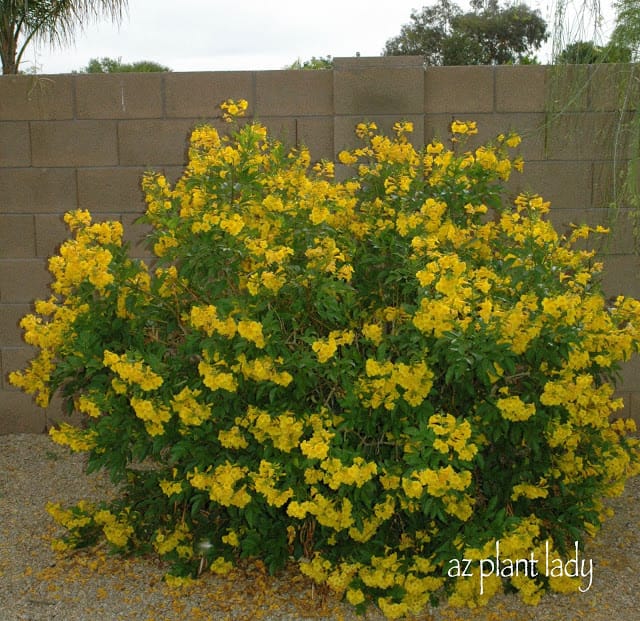
Yellow Bells grows into a large shrub (6 ft. high and 4 ft. wide), with beautiful leaves and clusters of yellow, trumpet shaped flowers.
Interestingly, even though hummingbirds usually flock to flowers with red, orange and purple flowers….they can’t get enough of my Yellow Bell flowers.
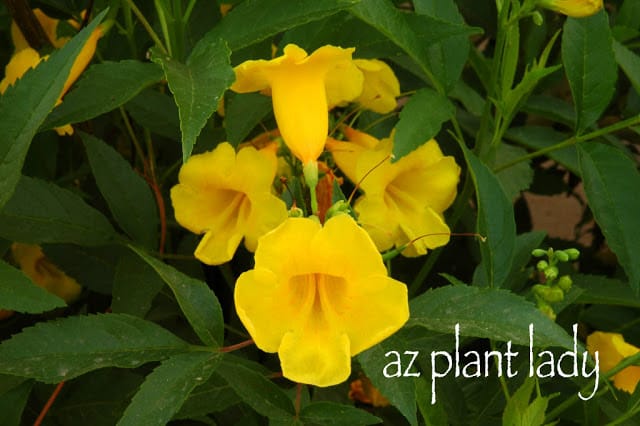
I do not fertilize my Yellow Bells shrubs or give them any special treatment. They have not been bothered by pests of any kind.
You can find them growing in many tropical and semi-tropical areas such as the southeastern areas of the United States, Central America and in the Caribbean.

They are somewhat susceptible to frost (hardy to zone 8), and mine suffers damage to the tips of the branches. As a result, the only maintenance that I perform is an annual pruning in spring, once the threat of frost is over.
A plant like this has a prominent place in my garden and provides beautiful color throughout the summer, when I tend to hibernate inside within the comforts of my air-conditioned house. I do venture out into the garden in the mornings and evenings when the temperatures are cooler to do some work. I much prefer looking through my window at my ‘natural beauties’.
I hope you enjoyed my first ‘natural beauty’ post. I will be featuring more in the future.
What ‘natural beauties’ do you have growing in your garden?


